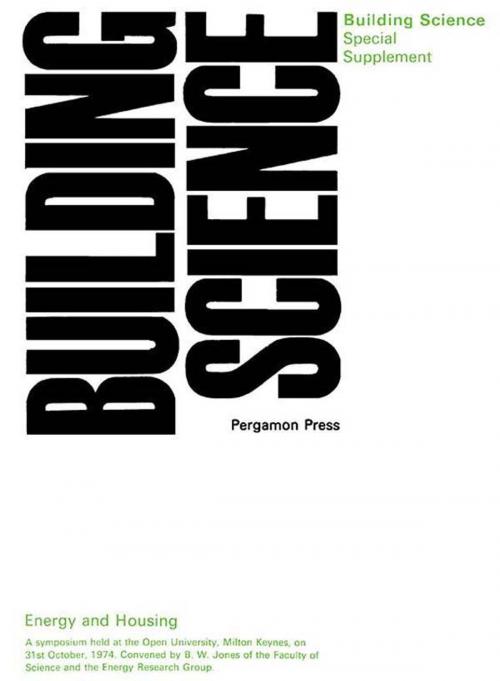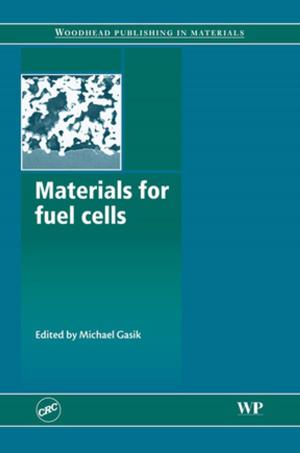Energy and Housing
A Symposium Held at the Open University, Milton Keynes, on 31st October, 1974. Convened by B.W. Jones of the Faculty of Science and the Energy Research Group
Nonfiction, Science & Nature, Technology, Construction & Construction Trades| Author: | ISBN: | 9781483138541 | |
| Publisher: | Elsevier Science | Publication: | October 22, 2013 |
| Imprint: | Pergamon | Language: | English |
| Author: | |
| ISBN: | 9781483138541 |
| Publisher: | Elsevier Science |
| Publication: | October 22, 2013 |
| Imprint: | Pergamon |
| Language: | English |
Energy and Housing examines the problem of power for houses and energy for building materials and considers ways of reducing the energy consumed in domestic housing. Emphasis is more on the running energy costs than on the capital energy cost of building materials and construction.
This book is comprised of 12 chapters and begins by describing two types of fluidic wall attachment devices for controlling hot water flow in a domestic heating circuit, followed by a discussion on the thermal performances of well-insulated houses having thermally heavy interiors and thermally light interiors and similar overall U-values. Subsequent chapters focus on how buildings provide protection from the climate and the problem of flexibility in thermal comfort; the energy cost of the construction and habitation of timber frame housing; the capital energy requirements of buildings; and the use of winter sunshine to heat buildings. A model that describes the thermal response of a solar heated building is also considered, along with the use of solar energy for housing and some problems associated with the design of low-energy housing. The final chapter evaluates the socioeconomic, environmental, and political implications of minimizing energy costs in buildings.
This monograph will be of interest to energy and housing officials and policymakers.
Energy and Housing examines the problem of power for houses and energy for building materials and considers ways of reducing the energy consumed in domestic housing. Emphasis is more on the running energy costs than on the capital energy cost of building materials and construction.
This book is comprised of 12 chapters and begins by describing two types of fluidic wall attachment devices for controlling hot water flow in a domestic heating circuit, followed by a discussion on the thermal performances of well-insulated houses having thermally heavy interiors and thermally light interiors and similar overall U-values. Subsequent chapters focus on how buildings provide protection from the climate and the problem of flexibility in thermal comfort; the energy cost of the construction and habitation of timber frame housing; the capital energy requirements of buildings; and the use of winter sunshine to heat buildings. A model that describes the thermal response of a solar heated building is also considered, along with the use of solar energy for housing and some problems associated with the design of low-energy housing. The final chapter evaluates the socioeconomic, environmental, and political implications of minimizing energy costs in buildings.
This monograph will be of interest to energy and housing officials and policymakers.















